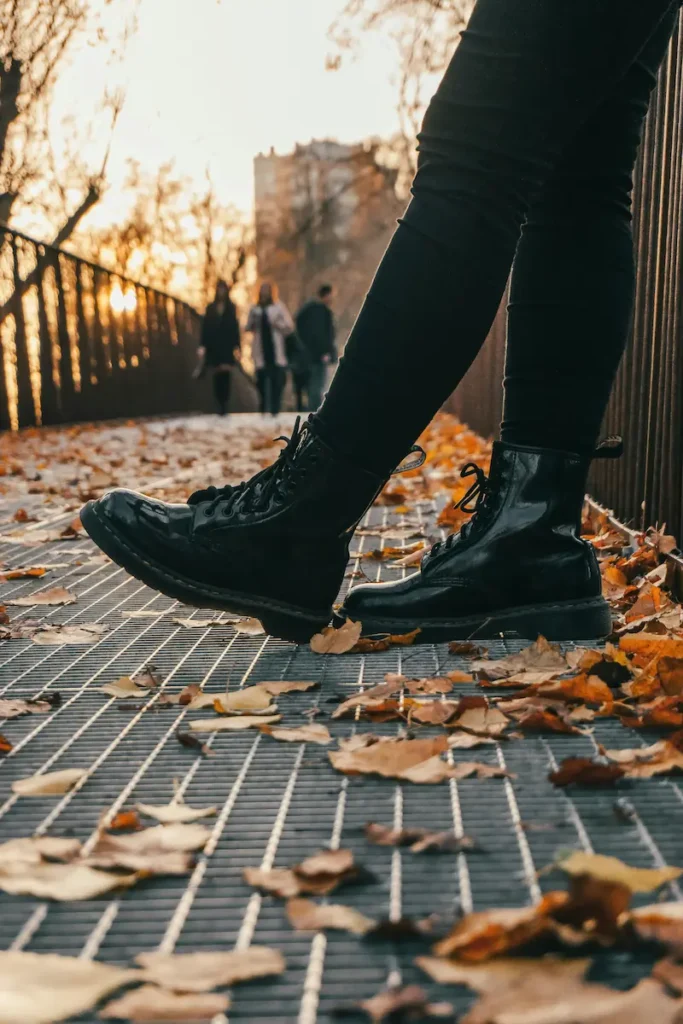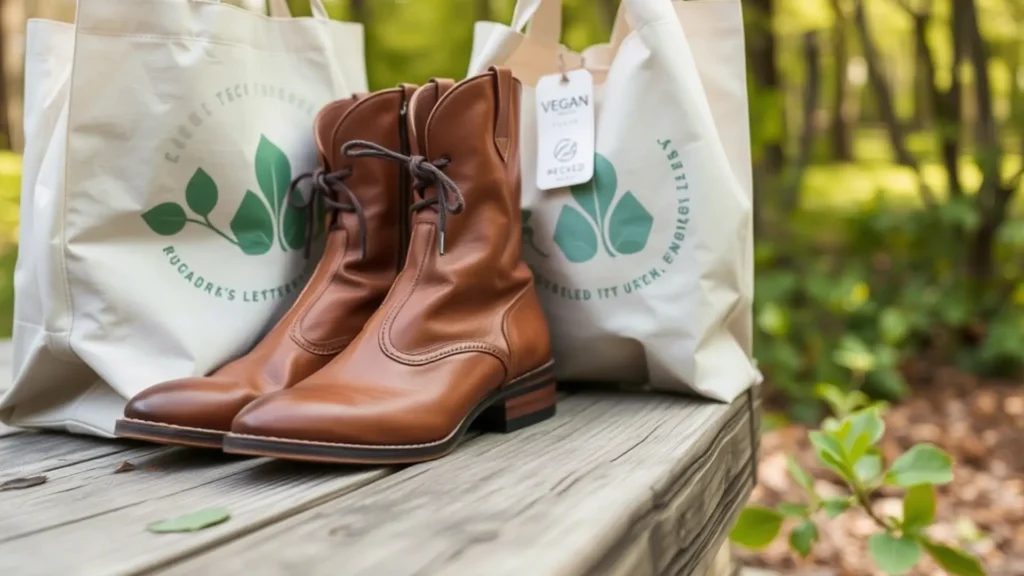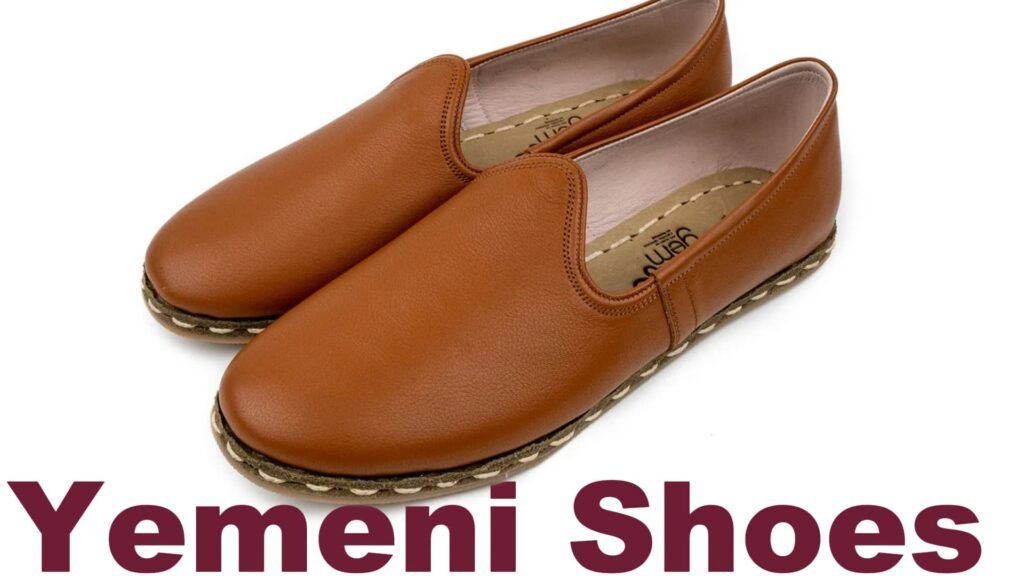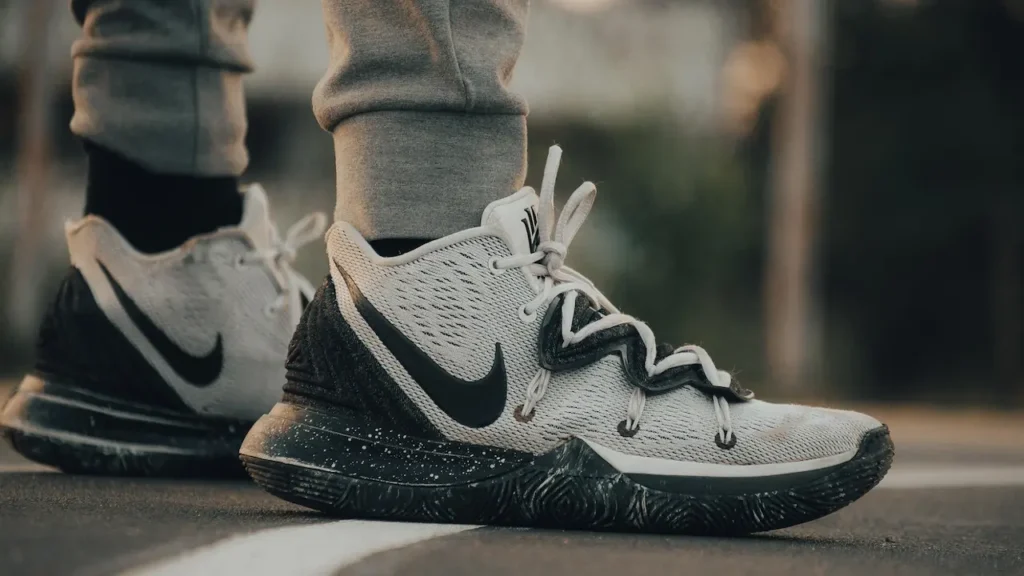The growing consciousness of consumers has sparked a movement toward sustainable fashion. For those who love leather boots but want to minimize their environmental impact, sustainable footwears offer a perfect blend of style, durability, and responsibility.
Understanding the Environmental Impact of Traditional Leather
Before diving into sustainable options, it’s essential to understand why conventional leather production raises concerns.
Much of the world’s leather comes from cattle raised in the Amazon rainforest, where illegal logging and land clearing occur to make room for grazing pastures. This deforestation contributes significantly to biodiversity loss and carbon emissions.
The tanning process is notorious for using chromium and formaldehyde. These substances end up contaminating water supplies, harming aquatic life and nearby communities.
Livestock farming, which produces leather as a byproduct, is responsible for nearly 15% of global greenhouse gas emissions. Methane released by cows and energy-intensive tanning facilities further exacerbate the problem.
Inefficient use of raw materials leads to significant waste during leather manufacturing. Unused scraps and offcuts contribute to landfill accumulation.
For eco-conscious consumers, these challenges highlight the need for responsible alternatives. Fortunately, advancements in technology and shifts toward ethical business models are paving the way for sustainable leather boots that address these issues head-on.
What Makes Leather Boots Sustainable?
When shopping for sustainable leather boots, consider several key factors that define environmentally friendly footwear.
Ethically Sourced Leather
Look for brands that source leather as a byproduct of the meat industry rather than raising animals specifically for their hides. This approach minimizes waste and reduces demand for additional livestock.
Some companies partner with regenerative agriculture initiatives. These programs focus on holistic farming techniques that rebuild soil health, increase biodiversity, and sequester carbon, making leather production part of a restorative system.
Vegetable-Tanned Leather
Vegetable tanning relies on natural extracts from tree bark, leaves, and fruits. This method produces biodegradable leather with minimal environmental harm.
While vegetable-tanned leather may be slightly less uniform in appearance compared to chrome-tanned varieties, its organic texture adds unique character to each pair of boots.
Recycled and Upcycled Materials
Many innovative brands incorporate recycled leather scraps and repurpose existing materials to create new products. For example, some boots feature soles made from recycled rubber crafted from post-consumer plastic bottles.
Upcycling not only diverts waste from landfills but also reduces the need for virgin resources. This lowers the overall carbon footprint.
Vegan Alternatives
Vegan leather offers a cruelty-free alternative. Modern innovations include bio-based materials derived from mushrooms (mycelium), pineapple fibers (Piñatex), cactus leaves, apple peels, and even algae.
These plant-based leathers mimic the look and feel of traditional leather while offering superior sustainability credentials.
Fair Labor Practices
Sustainability extends beyond materials to encompass social responsibility. Brands committed to fair trade principles ensure safe working conditions, fair wages, and opportunities for marginalized communities.
Fair Trade Certified™ or B Corp status serve as indicators of a brand’s dedication to ethical labor practices.
Durability and Timelessness
A truly sustainable product is one designed to last. High-quality craftsmanship ensures your boots won’t fall apart after a season of wear. This reduces the need for frequent replacements.
Opt for classic silhouettes over fleeting trends to maximize longevity and versatility in your wardrobe.

Leading Brands in Sustainable Leather Boots
Several trailblazing brands are setting new standards for eco-friendly footwear. Here’s a closer look at some standout names:
Nisolo: Based in Peru, Nisolo focuses on transparency and traceability throughout its supply chain. Their leather boots are crafted using responsibly sourced materials and pay living wages to artisans. They publish detailed impact reports to keep customers informed.
Veja: Known for their iconic sneakers, Veja has ventured into leather boots that combine style with sustainability. Their boots feature vegetable-tanned leather and wild rubber sourced directly from Amazonian forests. This practice support local economies and preserving biodiversity.
Rothy’s: Initially famous for washable flats made from recycled plastic bottles, Rothy’s now offers a line of sustainable boots. Their designs incorporate marine plastic and responsibly sourced wool.
Will’s Vegan Shoes: As the name suggests, this UK-based brand specializes in cruelty-free footwear. Their leather boots are made from bio-based polyurethane and microfiber. They ensure zero animal involvement in the footwear production.
Allbirds: Although primarily recognized for their comfortable sneakers, Allbirds’ boot collection stands out for its use of renewable materials like merino wool, eucalyptus fiber, and sugarcane-based foam.
Toms: Famous for their “One for One” model, Toms creates stylish boots using recycled polyester, organic cotton, and responsibly sourced leather. They also support community development projects worldwide.
Tips for Shopping Sustainably
Navigating the world of sustainable fashion can be overwhelming, especially when searching for specific items like leather boots. Here are some actionable tips to guide your journey:
- Do Your Homework: Research brands before purchasing. Check their websites for information about sourcing, production methods, and certifications. Third-party audits and independent reviews can provide valuable insights.
- Prioritize Quality Over Quantity: Invest in well-made boots that will withstand daily wear and tear. Though sustainable shoes may carry a higher price tag, their longevity makes them cost-effective in the long run.
- Care for Your Boots: Extend the lifespan of your footwear by following proper care routines. Regular cleaning, conditioning, and waterproofing prevent premature damage and maintain their appearance.
- Repair Instead of Replace: When your boots show signs of wear, take them to a professional cobbler instead of discarding them. Repairing old pairs reduces waste and supports skilled artisans.
- Explore Secondhand Lether Boots: Thrift stores, consignment shops, and online resale platforms like Poshmark, Depop, and eBay are treasure troves for pre-loved boots. Buying secondhand keeps perfectly good items out of landfills and saves money.
- Consider Rental Services: If you only need boots for a short period, consider renting from services like Rent the Runway or Nuuly. This option allows you to enjoy high-quality footwear without committing to ownership.
Choosing sustainable leather boots isn’t just about making a fashion statement—it’s about aligning your values with your actions. By opting for eco-friendly materials, supporting ethical brands, and embracing slow fashion principles, you actively participate in creating a better future for our planet.
Moreover, sustainable boots empower you to express your individuality while fostering positive change. Imagine slipping into a pair of boots that not only complement your outfit but also tell a story of conscious consumerism.
The rise of sustainable leather boots reflects a broader cultural shift toward mindful consumption. As consumers demand greater accountability from fashion brands, innovative solutions continue to emerge. They come forward to offer stylish and responsible alternatives to traditional leather footwear. Whether you prefer ethically sourced leather, cutting-edge vegan materials, or timeless designs built to last, there’s no shortage of options for eco-conscious shoppers.




